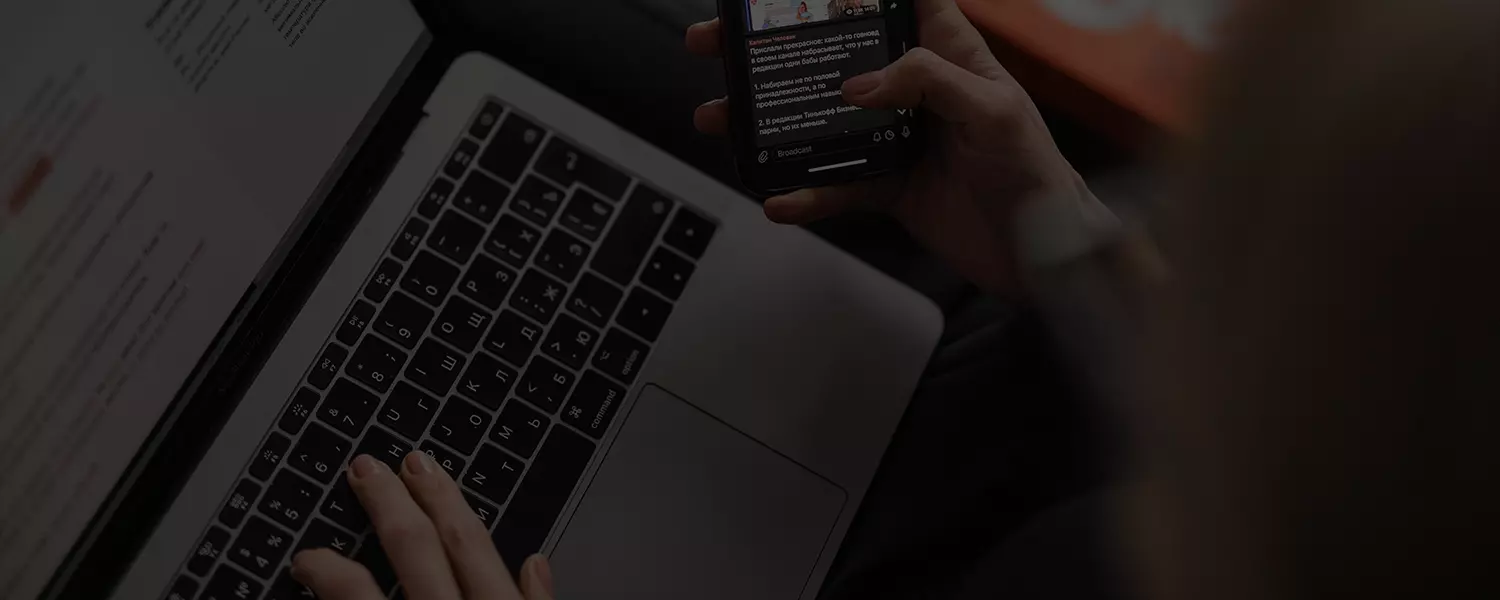
Maximizing the Power of Dash Cam Footage in Car Crash Claims
1. Introduction
In the chaos of a car crash, every second counts. While you hope to never find yourself in such a situation, being prepared can make a world of difference. One powerful tool that can help you navigate the aftermath of a car crash is dash cam footage. Dash cam footage has proven to be a valuable piece of evidence in car crash claims. This blog aims to educate readers on how to effectively utilize dash cam footage in their car crash claims, highlighting its importance and benefits.

2. Dash Cam Footage Quality
When it comes to dash cam footage, quality and resolution are important factors to consider. Higher resolution cameras capture clearer and more detailed footage, which can be crucial in accurately depicting the events leading up to a car crash. It is recommended to choose a dash cam with at least 1080p resolution to ensure optimal clarity.
3. Capturing Crucial Evidence
To maximize the effectiveness of dash cam footage in a car crash claim, it is essential to capture crucial evidence. Proper installation and positioning of the dash cam play a significant role in obtaining optimal footage. Ensure that the dash cam is securely mounted and positioned to provide a clear and unobstructed view of the road and surrounding areas.
When an accident occurs, the dash cam can be a powerful tool for capturing essential details. Make sure the footage includes key elements such as license plates, road conditions, traffic signals, and any other relevant information that can help establish liability and provide a comprehensive understanding of the accident.
4. Enhancing the Credibility of Dash Cam Footage
To enhance the credibility of your dash cam footage, it’s crucial to maintain accurate timestamps and location data. Dash cams often include this information in the recorded footage, which can serve as valuable evidence to establish the sequence of events. Ensure that the date and time settings on your dash cam are accurate, and verify that the GPS tracking feature, if available, is functioning properly.
To maintain the authenticity and credibility of the footage, avoid editing or tampering with it in any way. Unedited and raw footage carries more weight in legal proceedings and is less likely to be challenged. If needed, provide additional supporting evidence such as witness statements, police reports, or any other relevant documentation to further corroborate the dash cam footage.
5. Understanding the Limitations of Dash Cam Footage
Dash cam footage is a valuable tool in car crash claims, but it has important limitations to consider. Two significant limitations are:
5.1 Limited Perspective
Dash cam footage captures events solely from the perspective of the vehicle it is installed in. This limited perspective may miss crucial details outside its field of view, including the lead-up to the collision. Other factors and actions of drivers, pedestrians, or vehicles not within the camera’s range may not be captured. Relying solely on dash cam footage may provide an incomplete picture of the accident.
5.2 Subjective Interpretation
Dash cam footage, like any evidence, is subject to interpretation. Different viewers may have different interpretations of the events captured in the footage. This subjective interpretation can lead to disagreements about what actually occurred. Expert analysis may be required to provide an objective and professional interpretation of the footage.
6. Legal Implications & privacy concerns
It is essential to understand the legal implications and privacy concerns surrounding its usage. While dash cams are legal in Queensland, Australia, it is important to familiarize yourself with the specific laws and regulations related to recording others. Laws may vary between different states, so it’s crucial to ensure compliance with local regulations.
7. Case study – rear-ending accident made more difficult with lies
| Ms. Johnson’s story | |
| Accident circumstances |
|
| Outcome |
|
8. Conclusion
In the aftermath of a car crash, dash cam footage can be a game-changer when it comes to establishing the facts and protecting your rights. By understanding how to effectively utilize dash cam footage, you can significantly enhance your chances of a successful car crash claim.
If you find yourself in such a situation, don’t hesitate to seek professional guidance. Ascent Lawyers specializes in car crash claims and is dedicated to helping individuals like you navigate the complexities of the legal system. Contact Ascent Lawyers for a free consultation or further assistance in utilizing dash cam footage effectively. Don’t let crucial evidence go to waste—take control of your car crash claim today!






